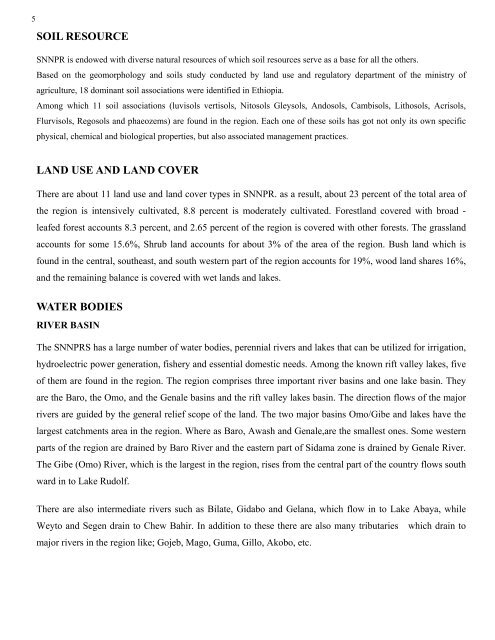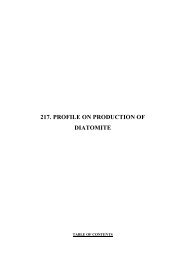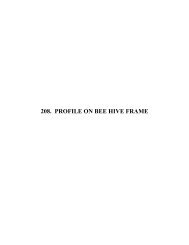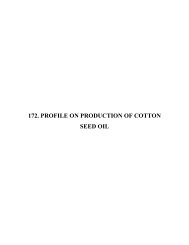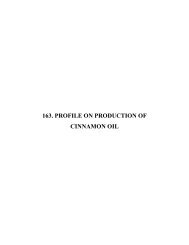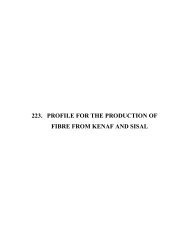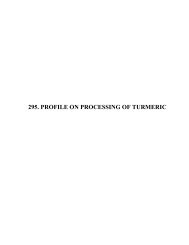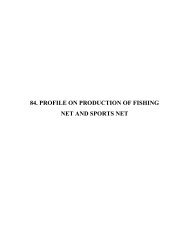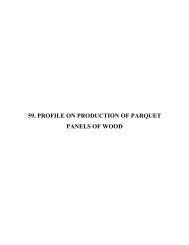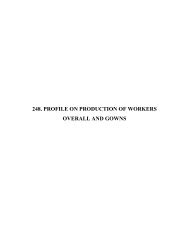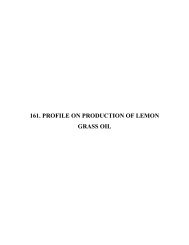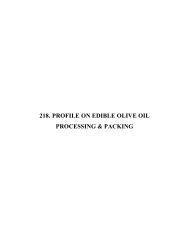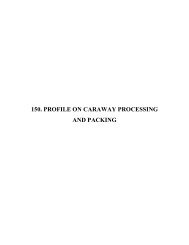guide 2000 English.pub - SNNPR Investment Expansion Process
guide 2000 English.pub - SNNPR Investment Expansion Process
guide 2000 English.pub - SNNPR Investment Expansion Process
You also want an ePaper? Increase the reach of your titles
YUMPU automatically turns print PDFs into web optimized ePapers that Google loves.
5SOIL RESOURCE<strong>SNNPR</strong> is endowed with diverse natural resources of which soil resources serve as a base for all the others.Based on the geomorphology and soils study conducted by land use and regulatory department of the ministry ofagriculture, 18 dominant soil associations were identified in Ethiopia.Among which 11 soil associations (luvisols vertisols, Nitosols Gleysols, Andosols, Cambisols, Lithosols, Acrisols,Flurvisols, Regosols and phaeozems) are found in the region. Each one of these soils has got not only its own specificphysical, chemical and biological properties, but also associated management practices.LAND USE AND LAND COVERThere are about 11 land use and land cover types in <strong>SNNPR</strong>. as a result, about 23 percent of the total area ofthe region is intensively cultivated, 8.8 percent is moderately cultivated. Forestland covered with broad -leafed forest accounts 8.3 percent, and 2.65 percent of the region is covered with other forests. The grasslandaccounts for some 15.6%, Shrub land accounts for about 3% of the area of the region. Bush land which isfound in the central, southeast, and south western part of the region accounts for 19%, wood land shares 16%,and the remaining balance is covered with wet lands and lakes.WATER BODIESRIVER BASINThe <strong>SNNPR</strong>S has a large number of water bodies, perennial rivers and lakes that can be utilized for irrigation,hydroelectric power generation, fishery and essential domestic needs. Among the known rift valley lakes, fiveof them are found in the region. The region comprises three important river basins and one lake basin. Theyare the Baro, the Omo, and the Genale basins and the rift valley lakes basin. The direction flows of the majorrivers are <strong>guide</strong>d by the general relief scope of the land. The two major basins Omo/Gibe and lakes have thelargest catchments area in the region. Where as Baro, Awash and Genale,are the smallest ones. Some westernparts of the region are drained by Baro River and the eastern part of Sidama zone is drained by Genale River.The Gibe (Omo) River, which is the largest in the region, rises from the central part of the country flows southward in to Lake Rudolf.There are also intermediate rivers such as Bilate, Gidabo and Gelana, which flow in to Lake Abaya, whileWeyto and Segen drain to Chew Bahir. In addition to these there are also many tributaries which drain tomajor rivers in the region like; Gojeb, Mago, Guma, Gillo, Akobo, etc.MAY 2008AWASSA


